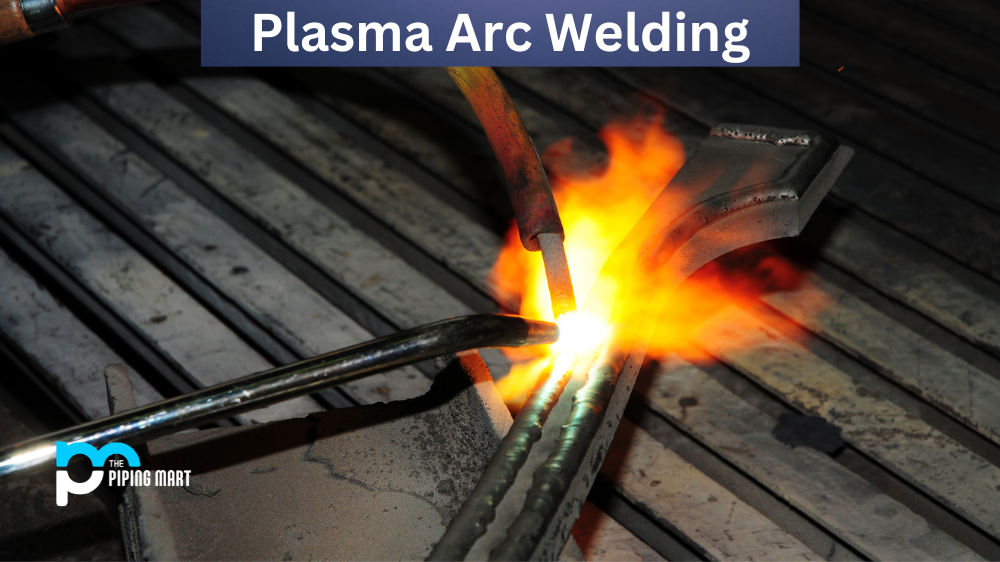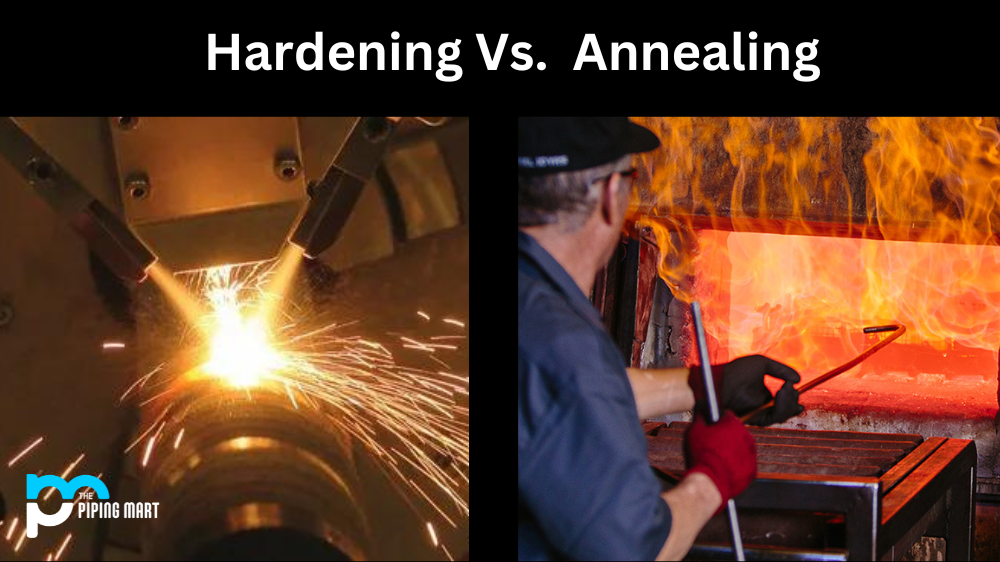Swing check valves prevent backflow and protect pumps, pipelines, and other equipment. These valves are installed in different industries like chemical, petroleum, and water treatment plants. They are easy to install, operate, and maintain. However, before choosing a swing check valve, it’s important to understand its advantages and disadvantages. This blog post will discuss the pros and cons of swing check valves in detail.
What is Swing Check Valve?
A Swing Check Valve is a type of valve that prevents the reverse flow of liquids as they pass through a pipe. The valve body contains an interior flap that swings open during forward flow and closes when the fluid reverses direction, blocking it inside the pipe and preventing backflow. The component features a lever arm that moves in an arc to control the opening and closing of its internal gate, providing a reliable means of stopping water flow.
Advantages of Swing Check Valve
Low-pressure drop: The swing check valve has a lower pressure drop than other check valves. As such, it helps in energy conservation, as lesser pressure drop results in better flow rates.
Wide range of applications: Swing check valves can be applied in different industries. It can be used for liquids, gases, and slurries. Thus, they are versatile and can handle a wide range of fluids.
Low maintenance: Swing check valves are relatively low maintenance compared to other valves. They don’t have any critical parts that require frequent replacement. They require less maintenance since they only move once when closing or opening.
High flow capacity: Swing check valves have a large flow diameter, making them ideal for applications requiring high flow rates.
Disadvantages of Swing Check Valve:
Water-hammer effect: When a swing check valve closes rapidly, it can create a shockwave or pressure surge, damaging the equipment or pipework.
Limited backpressure: Swing check valves have a limited backpressure capability. They may not close properly when the backpressure exceeds its limit, leading to potential leaks.
Dependence on gravity: In a horizontal pipeline, the swing check valve’s flow characteristics depend on gravity, making it less effective if the valve is installed on an incline or vertical.
Not suitable for high-pressure applications: Swing check valves are not designed for high-pressure applications. They can become a safety hazard when used at high pressures.
Conclusion:
Swing check valves are an essential component in fluid handling systems. The advantages of swing check valves include low-pressure drop, a wide range of applications, low maintenance, and high flow capacity. However, they also have some disadvantages, including limitations in backpressure dependence on gravity and unsuitable for high-pressure applications. Ultimately, selecting the right type of check valve for your specific needs is important. Consulting with a qualified valve supplier can help you identify which type of valve suits your requirements.

Pipingmart is a B2B portal that specializes in metal, industrial and piping items. Additionally, we share the latest information and information about materials, products and various types of grades to assist businesses that are involved in this business.




